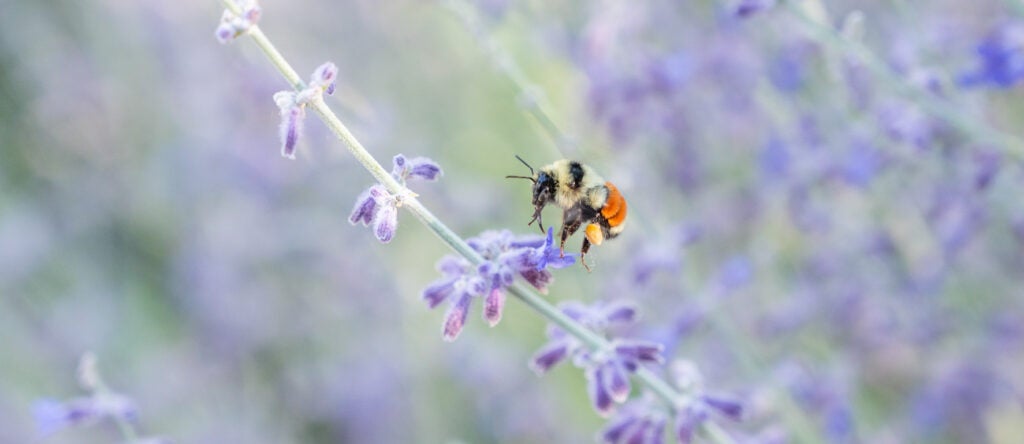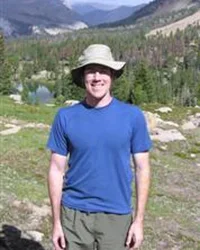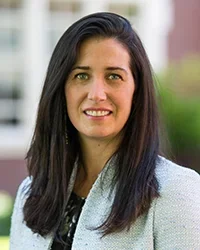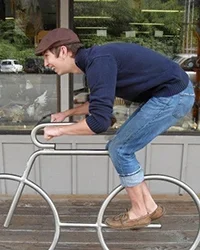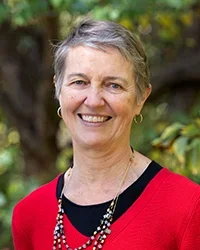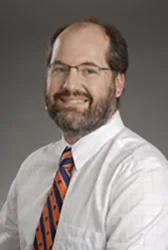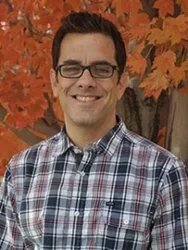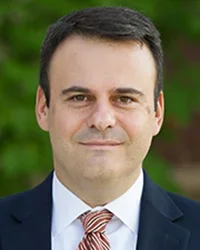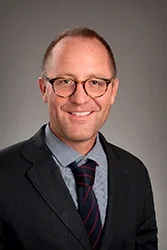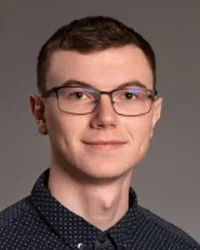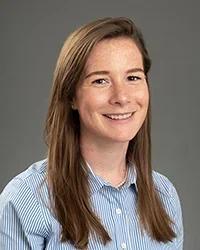Learn more about this Grand Challenge from research leaders
Closed captions are provided and a text transcript is available at the end of this page.
Three projects, one massive challenge
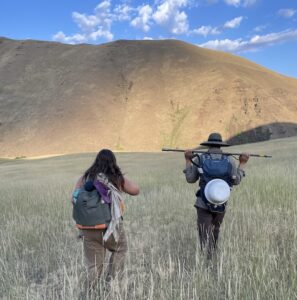 Idaho regenerative ranching and carbon projects
Idaho regenerative ranching and carbon projects
Ranching is the predominant use of western lands, and School of Public Service faculty Jared Talley and his team want to discover if different grazing management plans could impact how much carbon the soil can sequester, thereby potentially creating another economic opportunity for rural Idaho ranchers to contribute to their local communities while helping recover public land ecosystems.
 Tribal energy solutions
Tribal energy solutions
“What is most interesting about the project for me is the deep involvement of our community partners in both the design and implementation of the research, as well as the ability to build interdisciplinary capacity and a community network to advance energy and water resource sustainability in the remote and rural regions of Idaho,” says Stephanie Lenhart, a School of Public Service associate research professor.
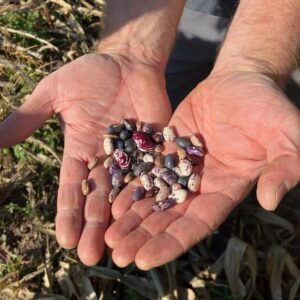 Refugee farming resilience
Refugee farming resilience
“By engaging in a range of methods and community partners we can understand more deeply the challenges that refugee farmers in the Treasure Valley face,” team lead Rebecca Som Castellano said. “From there we will be working with the city of Boise to put our findings to action.”
Leadership Team
-
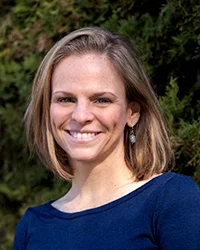
Brittany Brand
Principal Investigator and Leadership Liaison to Community Engagement Team
-
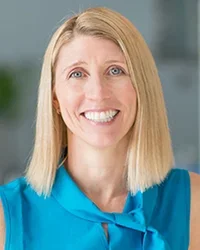
Vanessa Fry
Leadership Liaison to Asset Mapping Team
-
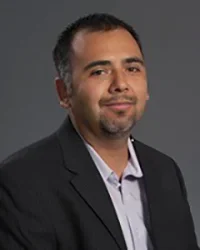
-
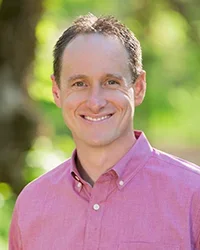
Asset Mapping Team
Benchmarking Team
Community Engagement Team
Video Transcript
Nancy Glenn, Vice President Research and Economic Development: Foreign challenges at Boise State are intentionally transdisciplinary, they’re socially relevant, they’re ambitious. Meaning that we’re bringing teams together in new ways and solving problems or helping solve problems with our Community Partners.
Narrator: The resource Nexus for sustainability Grand Challenge tackles the issues of resilience and sustainability. We will catalyze the Nexus of Scholars and practitioners to explore interactions between the built and natural environment through the lens of our disciplines and our stakeholders. Our goal is to build more resilient and sustainable urban and rural systems.
Vanessa Fry, Director Idaho Policy Institute: So sustainability is how we move forward equitably with the environment and the economy so we have prosperity for all.
Emily Wakild, Endowed Chair The Andrus Institute: To me, sustainability means integrating the economic, the environmental, and the social attributes of the future into a process or a approach that includes many different perspectives.
Nathaniel Campbell, Student Urban Studies: To me, sustainability is making the small and large changes to sort of make our daily lives more holistic and minimize our impact on the natural landscape.
Stephen Crowley, Professor Philosophy: It’s living together in a way that lets us keep living together and it’s one of the most interesting and challenging uh and rich questions how to do that that I’m aware of.
Text on screen: Sustainability Efforts Abound on campus and around the community.
Narrator: While sustainability efforts are numerous, much of the work still occurs in silos. We are exploring ways to better connect the outstanding work of our current research groups while establishing the time and space for all of those who wish to engage. We are also investigating how to support multi-disciplinary Community engaged research efforts financially and through policies that promote and reward these efforts. Our ultimate goal is to increase the impact of our sustainability research with respect to both science and society.
Vanessa Fry: I’m with Idaho policy Institute in the School of Public Service and in 2016, we are formed to be an objective research resource for Idaho’s decision makers.
Brittany Brand, Director Hazard and Climate Resilience Institute: The Boise State Hazard and Climate Resilience Institute brings people together across disciplines and across sectors to build healthy thriving connected communities.
Emily Wakild: The School of the Environment is an administrative organizing tool for connecting faculty, students, and the public around environmental issues.
Arie Weidemaier, Sustainability Manager Campus Sustainability: Sustainability governance council is a group of stakeholders on campus. They work on really important sustainability projects across many disciplines that will help Boise State achieve sustainability goals.
Nathaniel Campbell: I’ve done the housing opportunities for all VIP course with doctors Crystal Paulson and Vanessa Frye and that was four semesters of sort of looking into the housing problems that Boise and the Treasure Valley is facing.
Vanessa Fry: Assuming that this effort’s successful, our resource next sustainability is successful, that means when a community partner issue in regards to sustainability they know where to go on campus.
Emily Wakild: And it would connect people across schools and programs and provide an easy resource for trying to understand some really big complicated issues.
Brittany Brand: To come together to work across disciplines to understand each other’s perspectives and experiences and most importantly, be working with and for our communities to address our most pressing societal needs.
Emily Wakild: Becoming that clearinghouse, becoming that source would allow new people to join Over time and it would also allow us to engage students in the public more readily than we’ve been able to before.
[Music]
